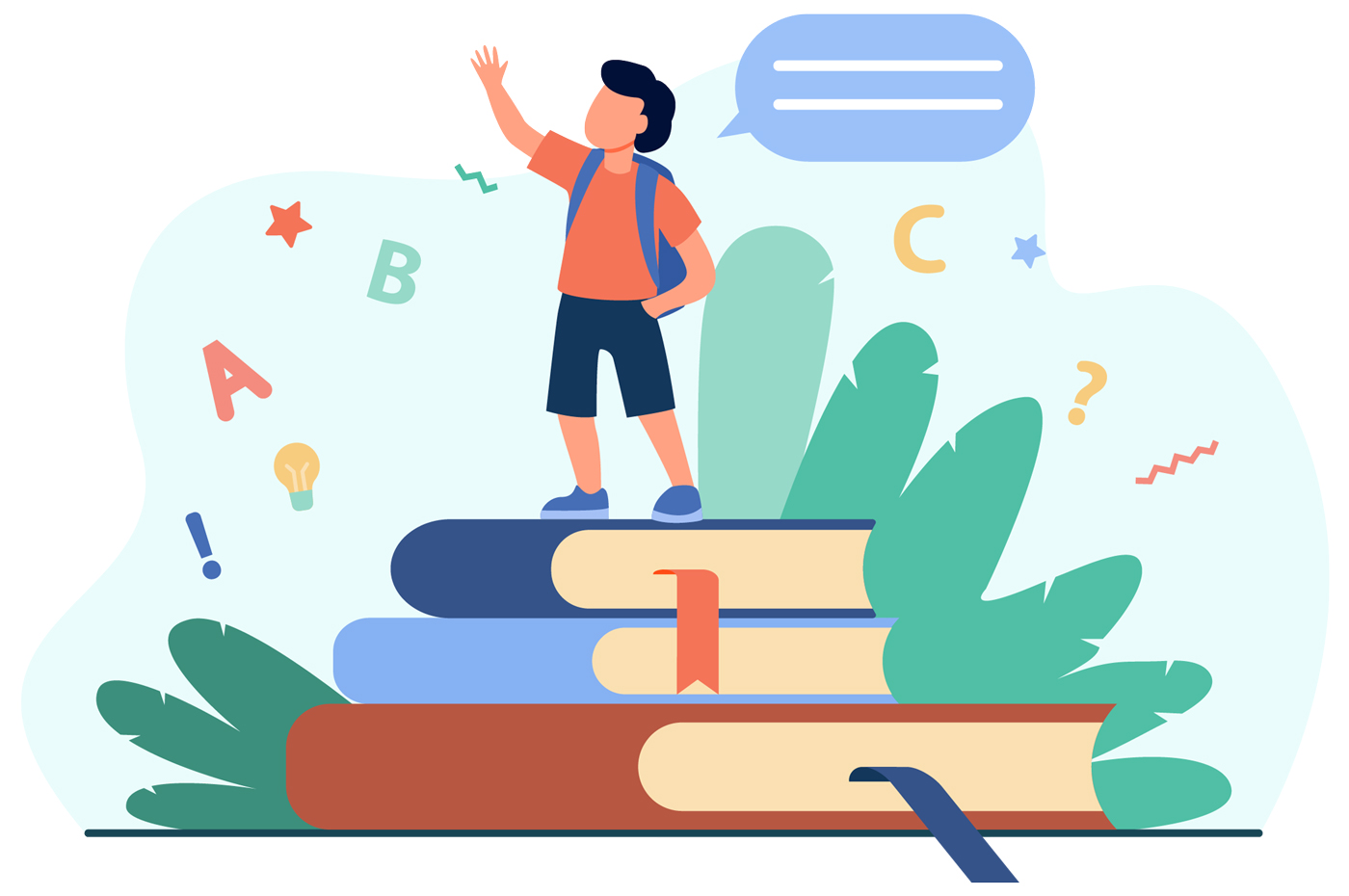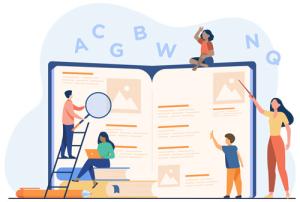In many of today’s classrooms that have adopted a “teaching to the test” mentality, students have become passive participants in their own learning, unable to make the connections between the lessons they’re taught and how they apply in the real world. School is something to be endured rather than enjoyed. But a new — or recurring — pedagogical approach is springing up through classrooms. Enter student-centered learning.
What is student-centered learning?
Student-centered learning puts students at the center of their learning experiences by engaging them in decisions about what they learn and how they learn it. It invites students to co-create their educational experience by activating their interests and hobbies as pathways to learning. Allowing them to select the way they interact with a subject matter helps them connect abstract concepts and skills to real-world applications, giving them valuable experience in navigating the classroom and the world around them.
There are three popular applications of student-centered instruction:
Project-based learning: This format allows students to learn by doing. By taking a hands-on approach, students develop deep content knowledge as well as critical thinking skills.
Inquiry-based learning: This method invites students to answer a question they might have, activating their curiosity and encouraging them to explore where it takes them in the process of uncovering an answer.
Collaborative learning: While this approach might be thought of as group work, it is designed to engage students in deep discussions, peer coaching, and individual and group reflection. The idea behind it is that learning is a shared product between at least two people and puts students in the act of being both teacher and learner.
In all three scenarios, learning is an active process rather than a passive process. No longer can a student check out because they are now responsible for their own education. This shift in educational models means anticipating and planning for it in a way that meets the needs of each student while also maintaining the academic standards required by the state. That’s where curriculum and instruction comes into play.
What is curriculum and instruction?
In a nutshell, it is the study and teaching of learning experiences. Curriculum refers to the information and skills that students are taught, while instruction refers to the teaching strategies and methods used to convey that information. For example, if the curriculum is centered around science, the instruction is how you teach someone to do and understand science.
How does curriculum and instruction support student-centered learning?
School curriculum plays a central role when it comes to student-centered learning. Curriculums are designed to create a structured and consistent standard of learning and assessment, based on extensive educational research, input from state and local education authorities, and the type of school. But rather than following a predetermined script, classrooms that adopt a student-centered learning approach use their curriculum as a way to activate student interest. The curriculum becomes a jumping-off point, allowing students to bring their own experiences, needs, and prior knowledge to the classroom.
The teacher is now responsible for directing students to source their answers in addition to being a source of content knowledge. Explains Dr. Curtis Pyke, associate professor of curriculum and pedagogy at the George Washington (GW) Graduate School of Education and Human Development, “We see the shift from the teacher being the center of instruction and the authority of what’s right and wrong, what’s taught and not taught, toward the student and their ideas being the focus of instruction and developing the learner.” This has the byproduct of creating instructional approaches that are fair, equitable, and inclusive.
How can teachers and administrators make this shift?
The first step is accepting the shift from lecturer to facilitator. Central to this shift is being willing to acknowledge when you don’t have all the answers and inviting students to accompany you on the learning journey. That may mean identifying other teachers or outside partners who can support students on their quest to find answers. It also means being open to new trends in teaching, learning, and student assessment.
With student-centered learning comes the need for creative thinkers who can design and evaluate curriculum, instruction, and assessments that support this pedagogical approach. Not to mention, designers help create meaningful educational experiences that support students of all abilities.
Teachers and administrators often make the best curriculum and instruction designers because of their firsthand knowledge of what works in a classroom and what doesn’t. For those who are looking for a way to apply that knowledge in a new way outside of the classroom, you may want to consider a career evolution from teaching to curriculum and instructional design.
Graduate programs in curriculum and pedagogy focus on shaping the future of learning through researching the practice of teaching to drive change. In addition to thinking about the classroom component, they also consider ethical, social, and political issues in the context of education to create equitable educational experiences. Designers go on to work in a variety of settings, including academic institutions, research organizations, foundations, government agencies, and more.
Shares Dr. Pyke, “There is much to learn, always. What we teach and how we teach are constantly evolving as we respond to changes in our world. We need researchers, scholars, and practitioners to guide us.” Learn more about the graduate degrees and certificates available in curriculum and instruction at GW >




